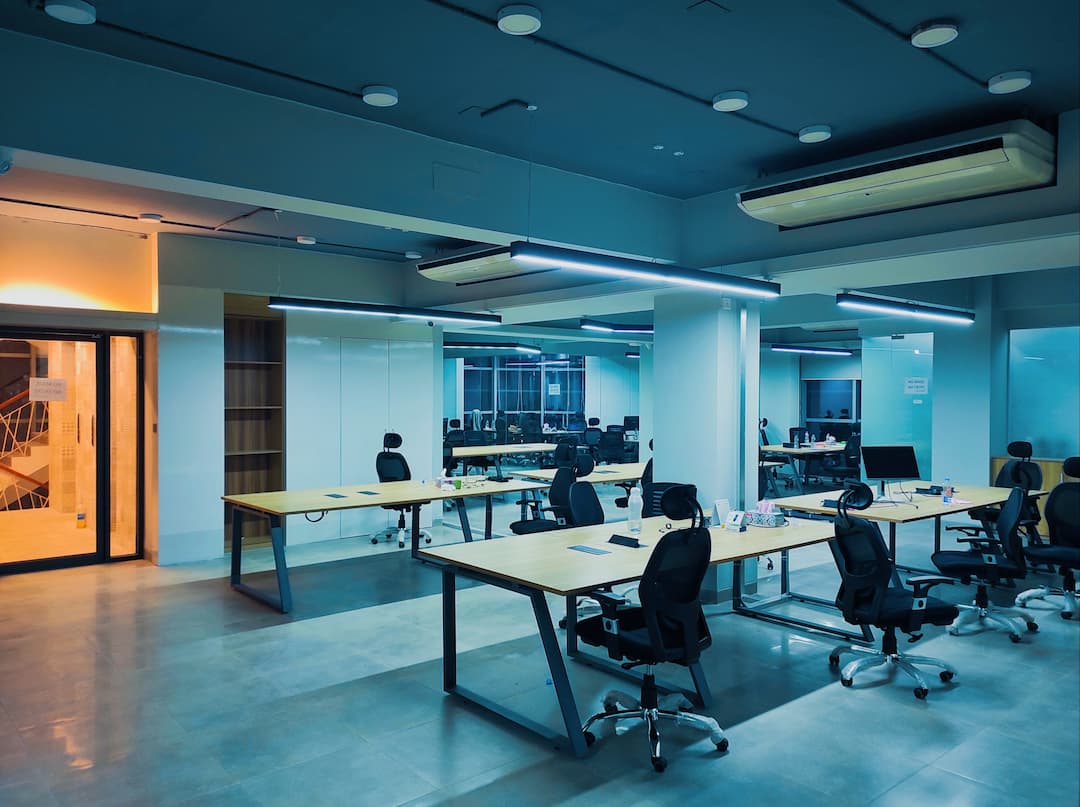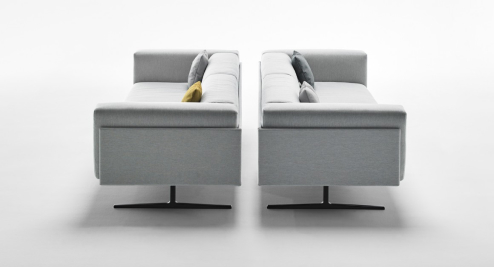




Picking the Right Office Workstation for Your Employees
Dumping a bunch of desks in an office space doesn’t make it a desirable place to work. There’s a lot that goes into creating a workstation that the employees want to come back to. But what is an office workstation? Let’s break down the definition of a workstation and understand what your office needs.
What Is an Office Workstation?
Desks and office workstations are easy to confuse with each other because of their superficial similarities. In most cases, though not all, an individual’s workstation will be tailored to the tasks that will be performed there and will provide some degree of seclusion to the employee using it. In most cases, the term workstation refers to something for a single person, unlike a desk, which can be shared among multiple employees. So, what advantages does the individual employee get from using a workstation?
- Better ergonomics
- Efficient storage and space-saving design
- Allows room for collaborative workspace
- Modular and customizable
- Aesthetically pleasing
- Improved technology integration
Office Desk vs. Workstation: A Decision to Make
Considering the tasks that will be completed in a certain office might help you decide on the best pieces of furniture for that area. The simplest way to accomplish this is to solicit input from the individuals who will be using the area, in this case, your staff.
Workplace desks are perfect for group activities that require the participation of many individuals, such as brainstorming sessions. However, workstations are intended for single users. In a call center or other environment like a software company where employees need to concentrate on their work in relative silence, workstations might be a great investment.
Deciding on a Workstation
Before you can pick from the different types of office workstations, you need to consider a number of variables and think about the people who will be using them. At the end of the day, it isn’t just the price that matters! Here are some things to think about when shopping for a desk to fit the specific requirements of your office:
- Work: What are the tasks the employees perform and the tools they’ll need to complete them? Frequently switching between screens will necessitate a wider, larger workstation.
- Space: Just because the employees need it doesn’t mean the office itself has enough space for multiple wide tables. A well-designed office layout will help you pick tables and customize them where necessary.
- Aesthetics: We don’t want our office to look like it was decorated by a nine-year-old. Dinosaur toys are fun, but they need to be on individual desks, and the desks need to look like they align with the entire office. Create a calming and free energy-flowing ambiance with your office furniture using the right aesthetics.
- Ergonomics: Employees are constantly told to take frequent breaks to give their backs a rest. Instead, give your employees a less harmful workspace by providing ergonomic workstations. They’ll thank you for it.
- Storage: Will the employees need a single laptop or multiple documents to get work done? If they require machinery instead, will they use it communally? Think of what an individual employee and the team as a whole need before adding storage racks.
Workstation Options
Office ambiance indirectly dictates the mood and productivity of the employees. So, where they sit plays a major role. There are a few options to consider when picking workstations for an office; it all depends on the type of work the station will be used for.
L-Shaped desk
L-shaped desks are the most efficient office layout. They can be placed snugly into corners or joined with another desk to form a square configuration that provides ample workspace for workers. L-shaped desks solve the issue of storage since they provide extra space at the desk and a deep cupboard below.
Linear Workstations
Having desks set out in a row or in a straight line is an example of a benching or linear design. The scalability of these workstations is what makes them modular. Linear workstations are ideal if your office has a long wall since they provide individual space for multiple workers.
Ergonomic Workstations
Employees are often advised to take regular breaks to rest their backs and stretch their legs. Employees benefit from ergonomic workstations since they provide the option to sit or stand while working. To accommodate workers’ changing needs during the workday, this style of workstation features movable desks, seats, and computer stands.
Modular Team Workstations
Multiple workers can share one large table at a modular workstation, which is a prefabricated desk with movable dividers. It’s common practice in many workplaces to group individuals from similar departments together. In addition to helping growing teams, modular workstations may be quickly disassembled and relocated.
Office Cubicles
Workplace cubicles are a time-honored fixture with a rich history of development. Cubicles can be created with open-concept layouts, yet many firms still find privacy cubicles to be beneficial. When it comes to safety in the workplace, a hybrid model allows workers the flexibility to move between enclosed offices and more open floor plans. Use glass or wood for a more up-to-date look.
Conclusion
Consult with experts for installation once you’ve decided on the design and type of office workstation best suited to your company’s demands. Offispace has experienced and competent staff to provide you with high-quality office workstations for your business. In addition to the other advantages, the team provides safe and thorough installation and setup.
